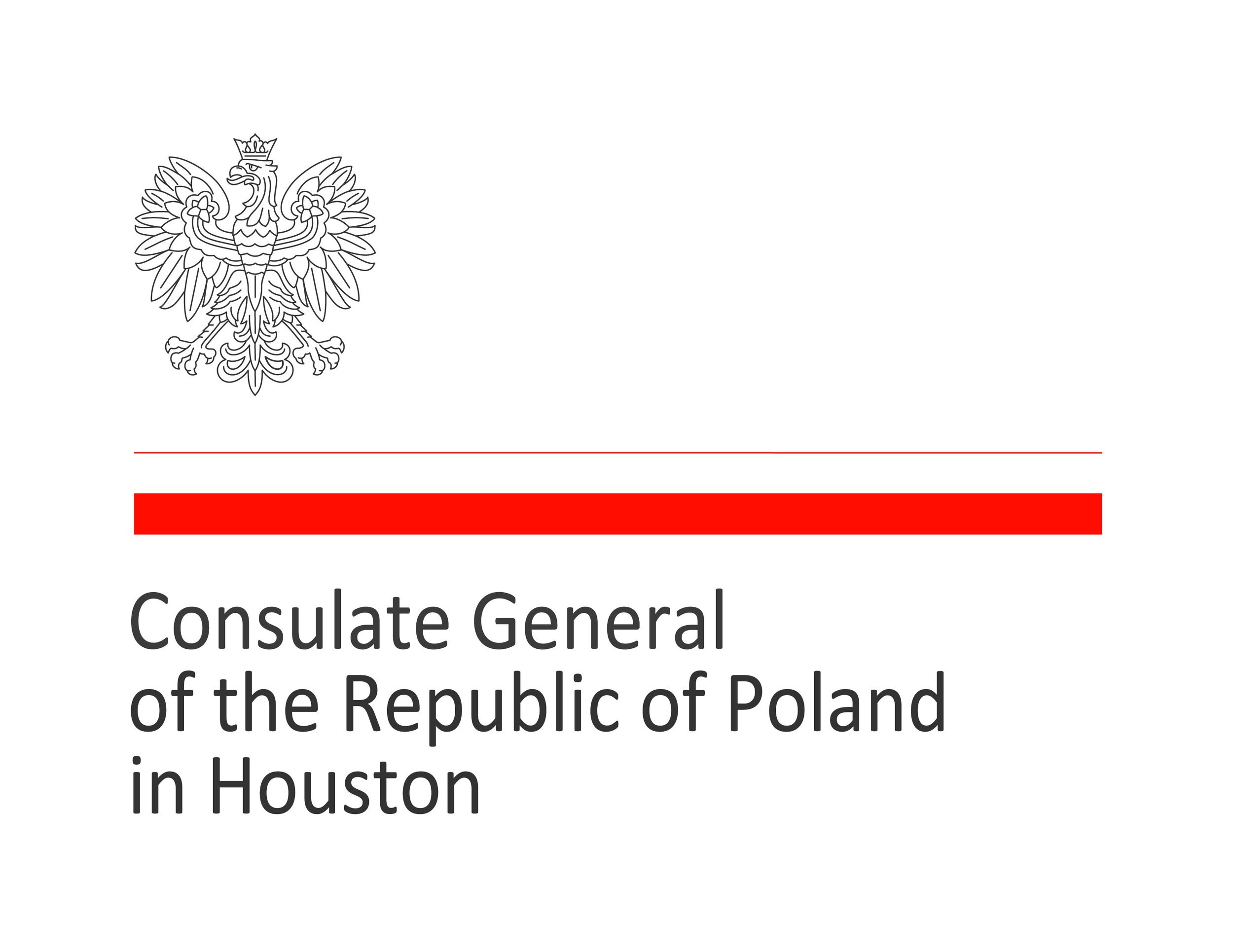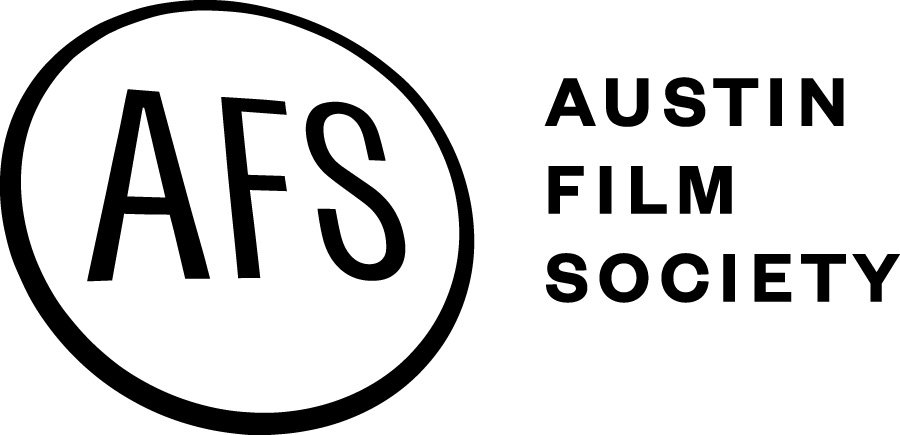History through Polish Documentary Film
/By Daniel Mauro
Documentary film has long held an important position in Polish media and history. As with other forms of Polish media, documentaries have both reflected and contributed to the evolving politics and cultures of Poland. Following World War II, documentary film production and distribution was stratified under communist rule. In line with the Soviet doctrine, documentaries in Poland followed a largely propagandist model, promoting the “successes” of nation building efforts through the lens of the workers on the ground. These workers were also the audiences to which these films were meant to appeal, with images of workers on screen appearing to contribute to the positive growth of a communist system.
These images were managed under various offices of the state government. In 1945, Film Polski was established as the state-run film production and distribution arm of the postwar communist government, controlling both domestic production and foreign distribution. In 1950, Film Polski founded Wytwórnia filmów dokumentalnych (WFD, ‘Documentary Film Studio’) in Warsaw as the documentary arm of the state media. Filmmakers of WFD produced films and newsreels for Polska Kronika Filmowa (Polish Film Chronicle), which typically ran short “information” reels prior to feature film screenings in the cinemas. WFD also produced material for the national television network Telewizja Polska. As television was more widely adopted and became the popular medium of choice throughout the mid-twentieth century, television also became the medium through which many of WFD’s documentaries were distributed and shown.
While still producing many pro-state messages, by the 1970s, some documentary filmmakers of the period also presented a disconnect between the state and the people as more oppositional perspectives took greater presence on the streets and on screen. According to scholar Jane Curry (1990), state media sought to shape the consciousness of the people through constant and systematic influence on workers. Yet many in Poland, according to scholar Ken Rogerson (1997), turned to alternative perspectives born out of the social movements leading up to and a part of the Solidarność (Solidarity) trade union that emerged in 1980 at the Gdańsk Shipyard. Many of the workers’ perspectives were reflected by some of the filmmakers working at WFD, as well as other state and underground media. Although martial law attempted to put an end to many of the oppositional perspectives aligned with Solidarity, some filmmakers maintained a level of resistance in their imagery and subject matter. Rogerson states, “It can be safely asserted that the cause of the 1989 break up of the communist monopoly was not singular, but the role of the media was great” (p. 340). Those working in both underground and state media contributed in some way to the efforts of the Solidarity movement, as well as the later emergence of democracy in Poland.
Pawel wysoczanski , director of the film "jurek" screened at apff 2015
Documentary filmmakers continue to reflect and contribute to the politics and cultures of Poland, past and present. One documentary being featured at this year’s Austin Polish Film Festival is Jurek, by director Paweł Wysoczański, which examines the life of Jerzy Kukuczka, a socialist worker turned celebrity in the 1980s who, as a poor mountain climber with homemade equipment, rose to compete in climbing the highest Himalayan peaks. Other documentaries screening at this year’s festival include Joanna (dir. Aneta Kopacz, 2013), which offers an intimate portrait of a mother diagnosed with an untreatable illness as she promises her son she will try to live as long as possible, and Obiekt (Object, dir. Paulina Skibińska, 2015), which takes a very creative and abstract look into an underwater search. We hope you will attend these screenings and more to see the many fascinating sides of Polish documentary and narrative film!
Further Reading:
Curry, Jane Leftwich. 1990. Poland's journalists: professionalism and politics. New York: Cambridge University Press.
Haltof, Marek. 2002. Polish national cinema. New York: Berghahn Books.
Ostrowska, Dorota. 2012. “An alternative model of film production: film units in Poland after World War Two.” In A Companion to Eastern European Cinemas, edited by Anikó Imre, 453-465. West Sussex, UK: Wiley-Blackwell.
Rogerson, Ken. 1997. “The role of the media in transitions from authoritarian political systems: Russia and Poland since the fall of communism.” East European Quarterly 31 (3): 329-353.
Sasinska-Klas, Teresa. 1994. “The transition of mass media in Poland: the road to liberalization.” The Electronic Journal of Communication 4 (1).












